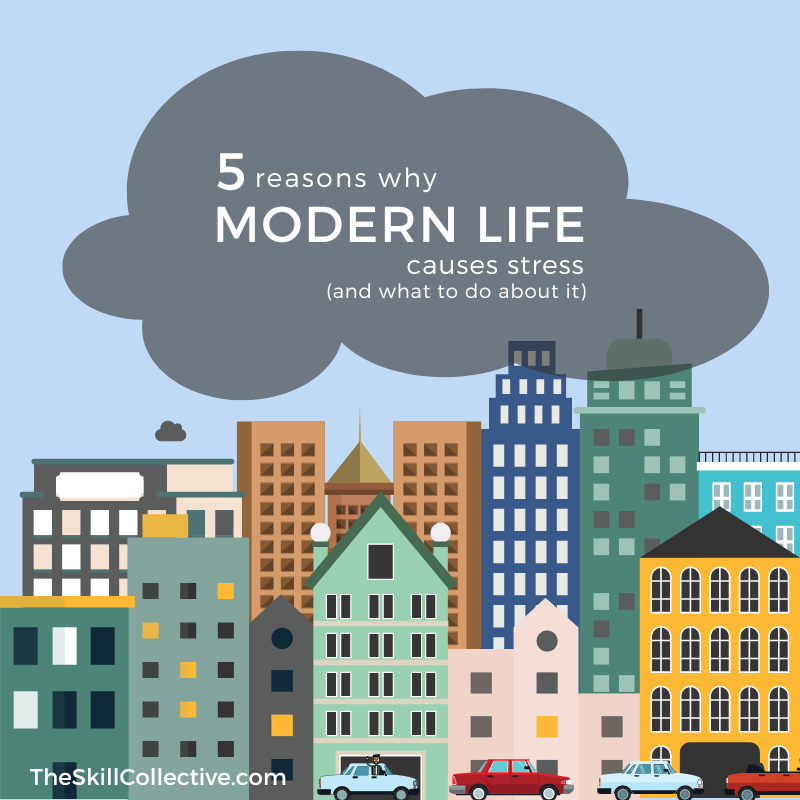5 reasons why modern life causes stress (and what to do about it)
(Updated July 2023) Experiencing stress and burnout? The stressors of modern day and lifestyle challenges may be making things worse. Here’s what to do about it.
Early career burnout - Part 2: Workplace factors
Burnout is on the rise, and it’s disproportionately affecting millennials, Gen Zs, and those in the early stages of their career. Read on to learn what workplaces can do to help.
Early career burnout - Part 1: Individual factors
Burnout is on the rise, and it’s disproportionately affecting millennials, Gen Zs, and those in the early stages of their career. Read on to learn what you can do to manage your burnout.
Crafting a moment of mindfulness - How to find time to be mindful when life is busy
Mindfulness is now firmly entrenched in our consciousness, but how can we find a moment to fit mindfulness into our busy modern day lives?
Workplace mental health: What is leaveism?
When it comes to work, we may be familiar with the terms absenteeism and presenteeism in relation to attendance and engagement. Let’s take a closer look the lesser-known, related concept of leaveism.
6 sure-fire strategies to manage exam stress
With exams rapidly approaching check out our tips to help you manage exam stress and anxiety.






